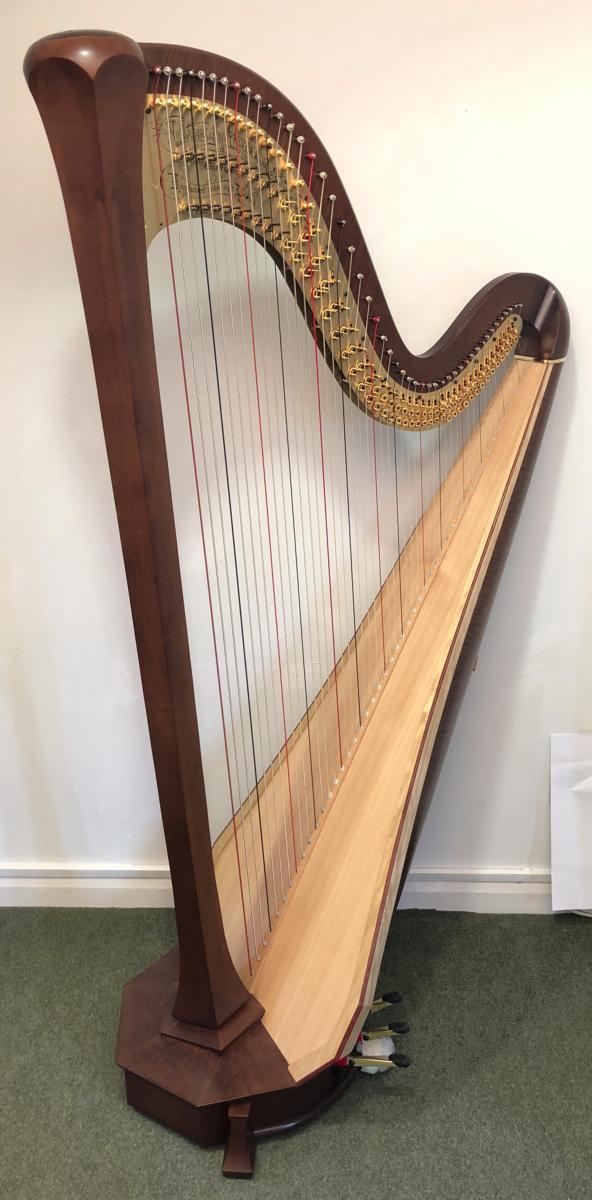



















THE HARP - I’ve been thinking about the harp, as you do
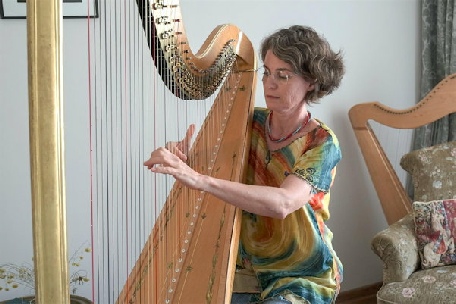

The harp is one of oldest musical instruments, known to go back to 3500 BC. It's believed that harps have existed for about as long as the bow and arrow and may have been developed when archers noticed the sound that their bow string made.
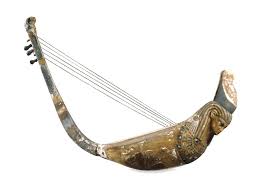
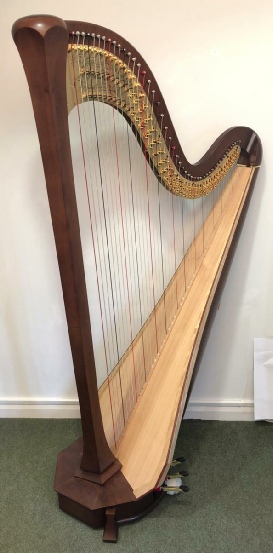

Initially strings corresponded only to the white keys on a piano. Subsequently there were significant improvements. The pedal or concert harp, has single, double or more pedals, which allow different notes to be played on the same string. Lever harps come in many sizes and some can be played on the lap while there is the ‘mouth harp’, or Jew’s Harp which must be the smallest. These are not really harps in the normal sense.


Garrison Keillor once described the instrument as “an instrument for a saint” because “it takes fourteen hours to tune a harp, which remains in tune for about twenty minutes, or until somebody opens the door.”

SHAPE AND PHYSICS
The note of a string depends on its length, its diameter, the tension in the string, and the properties of the string material.
So the longer the length, the thicker and heavier the string, and the lower is the note. The higher the tension the higher is the note.
A standard harp covers 5 octaves which is quite a large range. If the strings were all of the same material, the lower strings would have to be so long that the harp would be unwieldy and unplayable.


The shape of the harp helps because the higher notes come from the short strings nearest the player. Because of the slope of the base soundbox, the strings further away from the player are naturally longer. and so give lower notes.
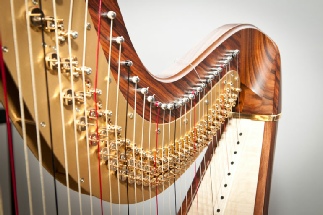

The bottom slanted part of the frame acts as soundboard and the tuning pins are lined up along the top member. The near vertical post at the far end acts to react against the tension of the strings.